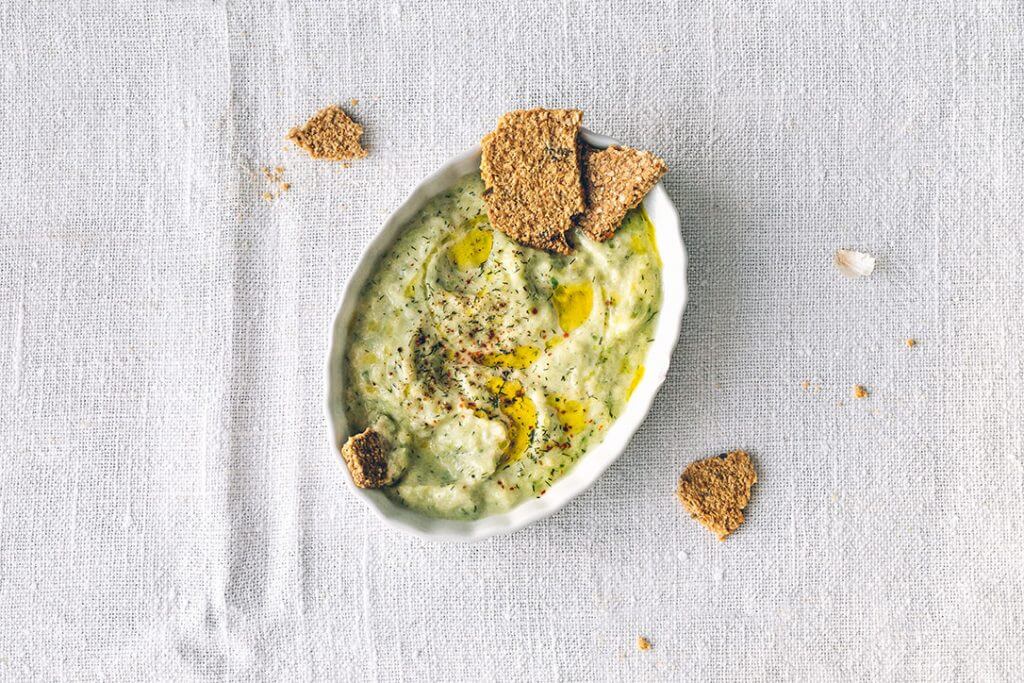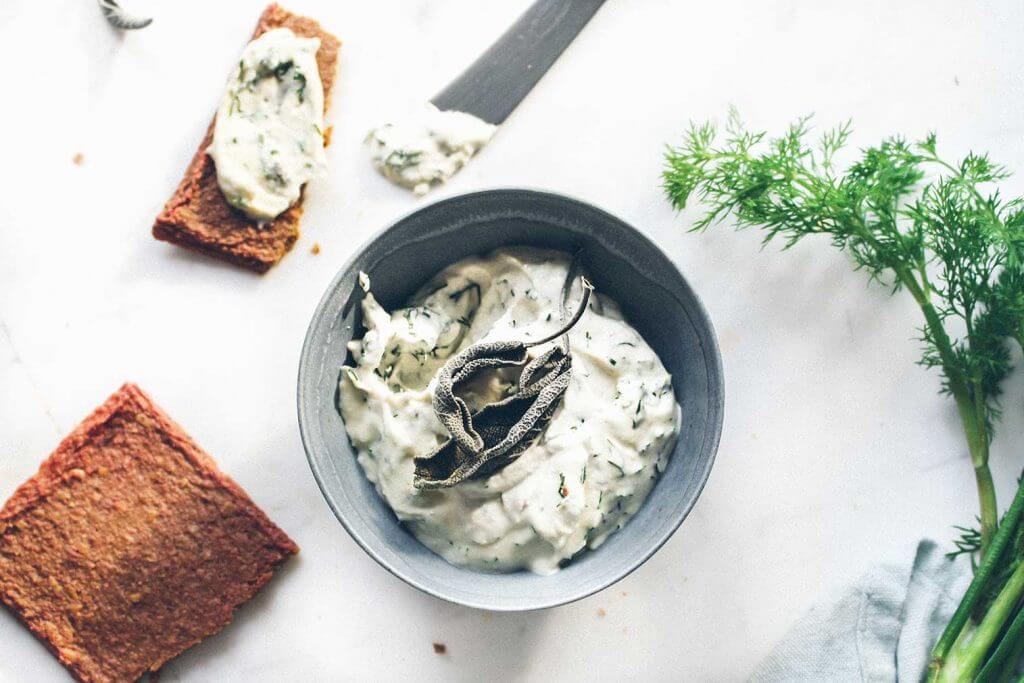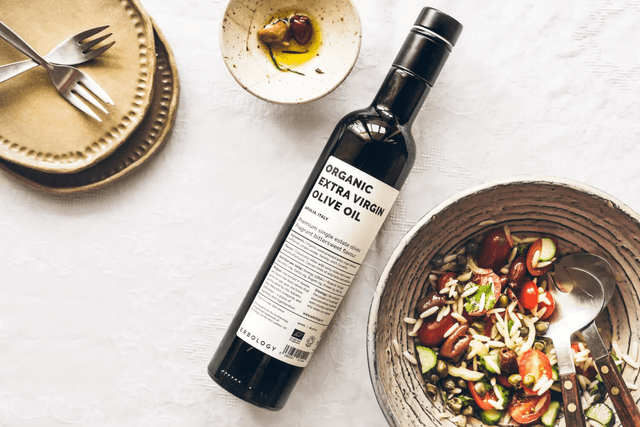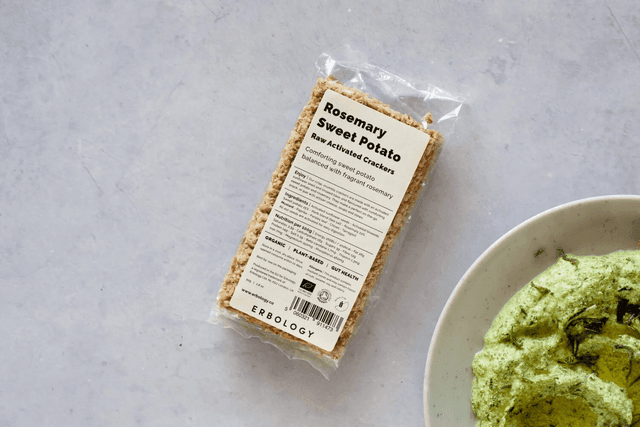13 Apr 2022
What is a blue zone?
What are blue zones?
In 1996, a group of Danish researchers published a study on the heritability of human longevity. In their study they observed over 2800 pairs of twins and concluded that about 20% of our lifespan is due to our genes whilst the remaining 80% is determined by our lifestyle.(1) Eight years later, New-York Times bestselling author Dan Buettner set out on an endeavour to unearth the secrets to a longer life. With the help of National Geographic and the National Institute of Ageing, Dan Buettner and his team uncovered the 5 areas of the world with the highest percentage of centenarians.
These are: Loma Linda in California, USA, Nicoya in Costa Rica, Ikaria in Greece, Sardinia in Italy and Okinawa in Japan. These areas are known as Blue Zones, the researchers were able to identify these areas based on statistics, birth certificates and other epidemiological data. Moreover, their unique characteristic is that their populations reach the age of 100 at 10 times greater rates compared to the USA.
After Dan and his team identified the Blue Zones, they enlisted a group of anthropologists, epidemiologists and demographers to identify the lifestyle factors at the heart of these centenarian populations.

The power nine
Ultimately, they discovered that people living in the Blue Zones shared nine unique attributes. They refer to these characteristics as the Power 9.(2) This goes against the common misconception that to live until triple digits, one must be genetically blessed. However, research into the Blue Zones found that these 9 factors amongst the longest-living people in the world can slow down ageing.
Move naturally
The world’s centenarians do not have gym memberships nor do they participate in strenuous planned exercise such as running marathons. On the contrary, their movement is “incidental”. This means that they naturally lead active lifestyles simply by carrying out daily activities such as gardening. Most of them do not have advanced technology to assist around the house and garden, so they carry out most of the chores manually.
Purpose and downshift
In Japan, the Okinawan population refers to “ikigai” as something that gives a person a sense of purpose and reason for living. Literally, it is translated as “a reason for being”. In Costa Rica, the Nicoyans have a similar concept called “Plan de vida”, literally meaning “life plan”. This alludes to their belief in living with purpose to serve their family and community. In fact, having a sense of purpose in life can increase life expectancy by up to 7 years.(2)
Furthermore, it is well-established that stress is correlated with disease and overall decrease in well-being. In fact, stress can lead to chronic disease in the long-term. People in the Blue Zones experience stress much like the rest of us however they seem to have found routines to manage their stress on a daily basis. For example, the Okinawans in Japan spend some time each day reflecting on their ancestors and pay their respects to them.
In addition, in Greece, the Ikarians make time for rest by taking a nap. The Sardinians religiously take part in happy hour “aperitivo” with friends and family to wind down in the evenings with some food and wine. In California, the Adventists pray.
Overall, each of these Blue Zone populations practices a different form of “winding-down” and relaxing but ultimately they all play a part in ensuring longer and happier lives.

The 80% rule and plant-based diets
The Okinawans follow an ancient Confucian mantra known as “Hara hachi bu”. This refers to a reminder prior to meals which states that one should stop eating once one’s stomach is 80% full. Moreover, it is believed that the 20% “gap” between having satisfied one’s hunger and not being completely full could explain the difference between weight loss/maintenance and weight gain.
Furthermore, most Blue Zone inhabitants consume their smallest and last meal of the day in the afternoon or early evening, typically not eating anything else after that.
In addition, the researchers found that beans play a major role in most of the blue zone diets. In fact, fava beans, black beans, soy beans and lentils are amongst the most commonly consumed legumes by the inhabitants in these zones.
Conversely, meat is eaten sporadically, on average once per week, and the serving size tends towards the smaller size, approximately 100 grams ( 3 to 4 oz).
Ikarians follow a version of the Mediterranean diet which includes plenty of fruits and vegetables, whole grains, pulses, potatoes, and extra virgin olive oil.(3)
Similarly, Nicoyans eat almost no processed foods however they have an abundance of antioxidant-rich tropical fruit. In addition, they also consume water that is rich in calcium and magnesium. Luckily for them, this keeps heart disease at bay and promotes strong and healthy bones.
A study looking at Sicilian centenarians found that there was a high adherence to the Mediterranean diet with a strong consumption of low glycemic index food. Overall their diet is low in saturated fat and high in phytochemical-rich fruits and vegetables.(4)

